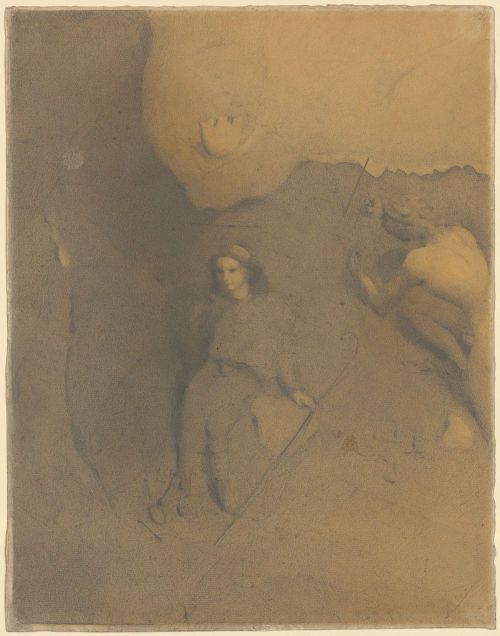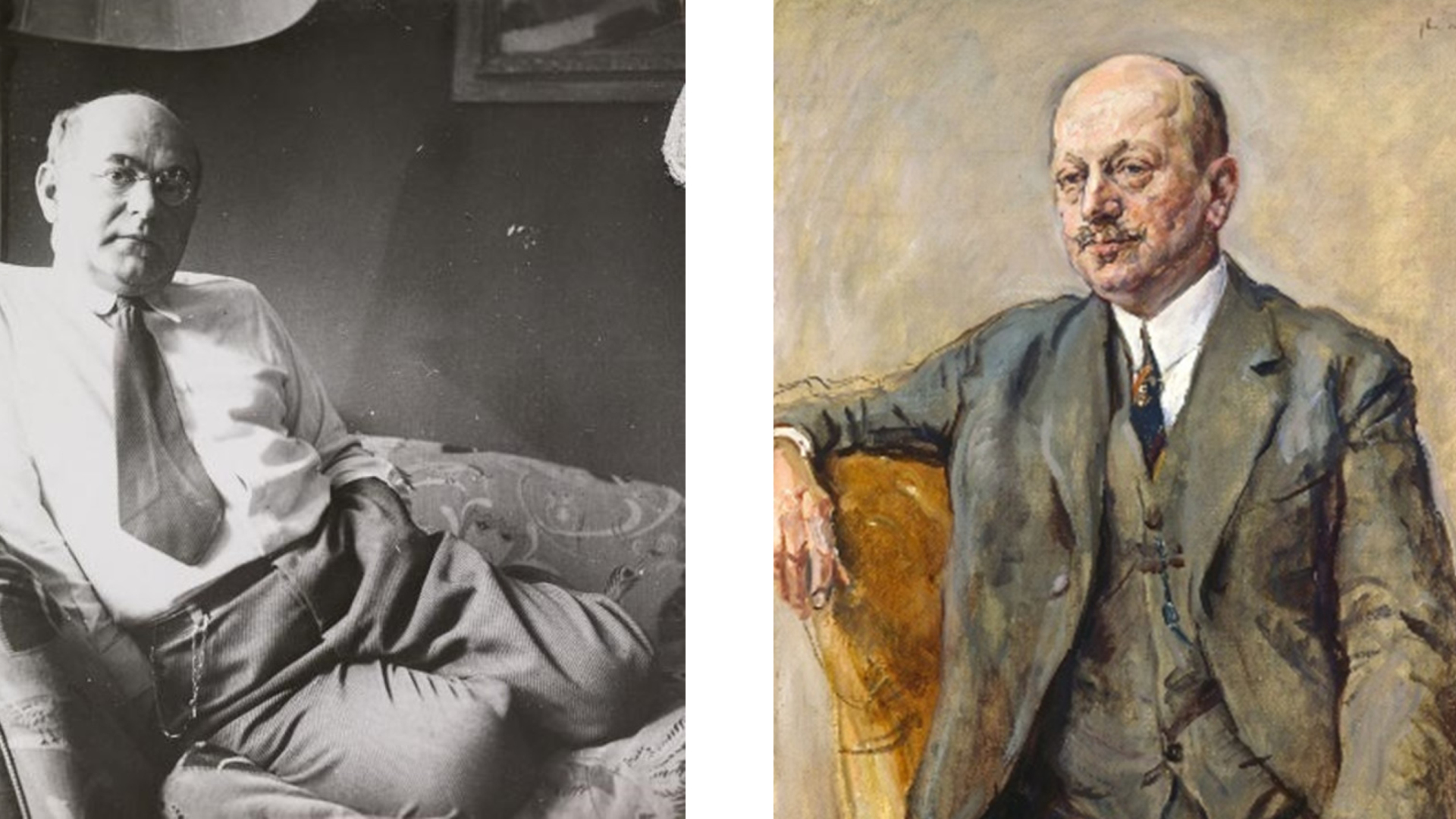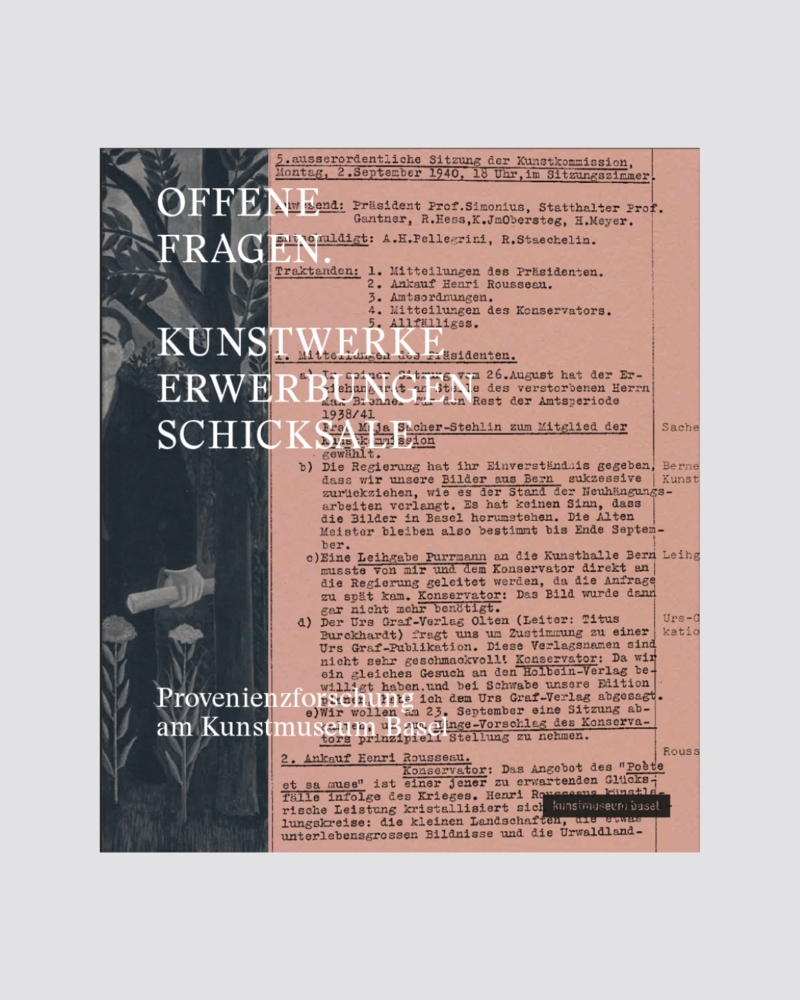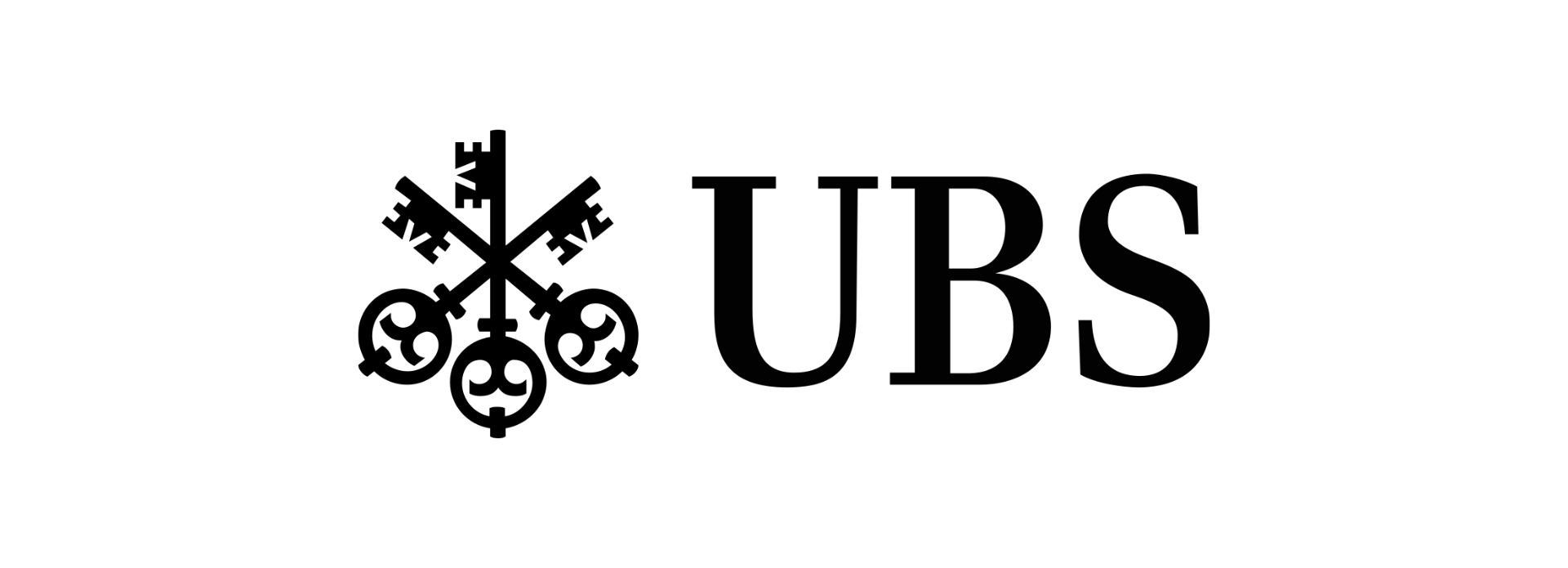Unanswered Questions.
On the history of drawings from the Kupferstichkabinett (Department of Prints and Drawings)
The Julius Schottländer and Julius Freund collections
During World War II, Switzerland became a hub for cultural assets belonging to collectors who had fled Germany. Between 1933 and 1945, various works of art from this source found their way to the Kunstmuseum Basel. Jewish art lovers Julius Schottländer and Julius Freund were direct and indirect business partners of the Kunstmuseum at the time. The former relocated to Ebikon near Lucerne; the latter emigrated to London in 1939, but from 1933 onwards had placed his artworks in safekeeping in Switzerland, where they were auctioned off after his death in 1942. The current presentation in the museum’s graphic art galleries draws attention to the two collectors’ biographies and the paths by which the drawings made their way from their previous owners to the museum.

Otto Meyer-Amden, Dialog II, ca. 1913–1916, Kunstmuseum Basel, Kupferstichkabinett, purchased in 1941, Photo: Kunstmuseum Basel
The Provenance Research Department at the Kunstmuseum Basel has spent several years investigating the connections between numerous historical and contemporary acquisitions. The publication “Offene Fragen” (Unanswered Questions) was released in June 2025. It examines eleven works of art and the persecution of their sellers by the National Socialists. Among the “cases” are those of Julius Schottländer and Julius Freund. The book endeavors to strike a balance between the problems posed by the cases, the history of the institution, and appreciation of the former owners. The transparent presentation of the investigation processes sheds light on why this research is being conducted and what its implications are.


